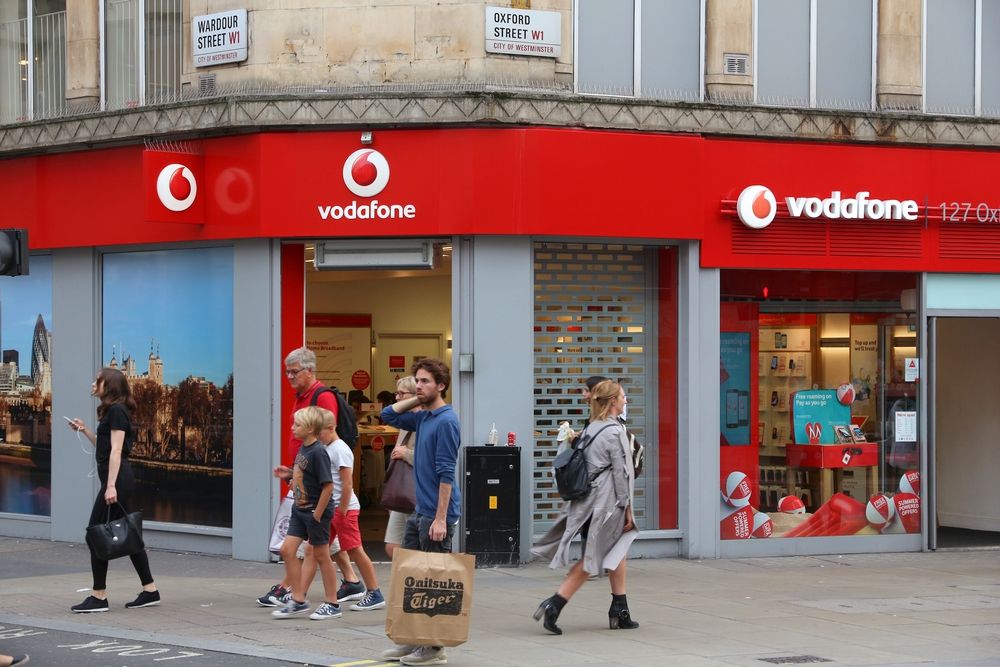Vodafone (LON: VOD) share price has done well this year, helped by its ongoing transformation under Margherita Della Valle, the CEO. It has jumped by more than 25% from its lowest point in February.
Slowing blue-chip company
Vodafone is one of the biggest telecom companies globally. According to Companies by Market Cap, it is the 29th biggest player in the world and the sixth in Europe.
It has operations in Europe, Asia, Africa, and other countries, where it offers broadband, fixed line, internet, mobile money, and other solutions to millions of companies.
Its biggest markets are in the UK and Germany, which account for a substantial share of its business. It also has major operations in India, through its troubled Vodafone Idea brand.
Vodafone has been in a transformation journey in the past few years. As part of this strategy, the company has exited some markets and business solutions.
For example, it spun out its tower business as a standalone company known as Vantage Towers in 2020, and has been reducing its stake since then. In July, it sold another 10% in the company worth 1.3 billion euros.
Vodafone has also exited some other less profitable markets. It sold its Spanish operations to Zegona in a $5.3 billion and its Italian business to Swisscom for 8 billion euros.
The company has used these exits to boost its balance sheet by reducing its substantial debt, with its leverage being between 2.25x and 2.75x. The exits also helped the management to right-size the brand by focusing in countries where it has a substantial market share.
Additionally, investors benefited by increased distributions. In a statement, the firm said that it would provide €4 billion in share buybacks. It will also rebase its dividend to 4.5c per share from next year.
Vodafone’s stable business
Like most telecom companies of its size, Vodafone is no longer a growing firm since most people already have their phone subscribers.
People who invest in the company do so because of its stability, dividends, and room for improvement.
The most recent financial results showed that Vodafone’s total revenue rose by 2.8% in Q1’25 to €9.03 billion. This growth was primarily because of its service revenue, which rose by 3.2% to €7.46 billion.
A key concern among many investors is that Germany, its biggest market is not doing well as competition with Telefonica and Deutsche Telekom rising. Its German revenue dropped from over €3.14 billion in Q1’24 to €3.095 billion in the same quarter this year.
The German growth has been offset by Turkey, where revenue soared from €456 million to over €664 million. Its UK and African operations are also doing well.
The case for Vodafone
A case for investing in Vodafone can be made. First, today’s Vodafone is much different from the one that existed a few years ago. It is a leaner company that will be more profitable in the coming years.
Second, the firm is solidifying its market position in the UK through its merger with Three. The resulting company will be a more formidable competitor to BT Group, the parent company of EE.
Third, Vodafone has a strong dividend yield of over 9%, making it one of the top-income companies in the FTSE 100 index. It will remain a solid income play even after rebasing its dividend next year.
Additionally, the management has room to shed or improve some of the other weak businesses like Vodafone Business.
Vodafone share price analysis
The daily chart shows that the VOD stock price has done well in the past few months, helped by its strong turnaround. It has risen above the 23.6% Fibonacci Retracement level, meaning that bulls are in control.
The stock has also formed an ascending channel and remained above the 100-day and 50-day Exponential Moving Averages (EMA).
It has also moved above the key support at 72p, the lowest point in December 2022 and the 23.6% retracement point.
Therefore, the stock will likely continue rising as bulls target the year-to-date high of 80p. A break above that level will see it rise to the 50% retracement point at 86p.
The post Vodafone share price rally has stalled: buy, sell, or hold? appeared first on Invezz

